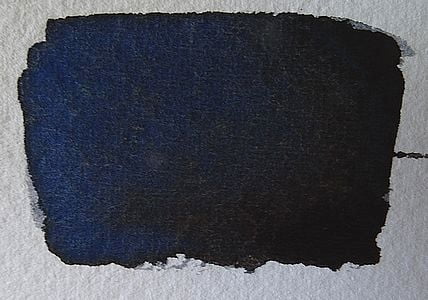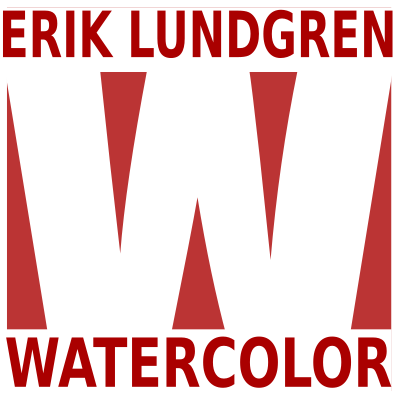How to paint dark with a nice result
September 6, 2020

It is difficult to paint a dark color without the color dying. Painting dark at all is difficult for many, regardless of the quality of color. A property of watercolor paints is that they become significantly lighter when they dry. Some pigments lighten a little, others lose a lot of value when they have dried.

Most people paint really dark surfaces by simply mixing a dark color and then painting as usual. Sure, it gets pretty dark, but not very dark because the color lightens when it’s dry, what looked dark when the paint was still wet only gets semi-dark when it’s dry.

Some mix to color with only a little water, less water should mean more pigment, thus dark color. The problem with this approach is that the color surface becomes dull, and not very dark. It looks flat and strained.

Once you have painted a, what you first thought, dark color and realize when it is dry that the color is too light, it is tempting to paint over a new coat of paint on top of the first. This is a mistake, dark paint layers are sensitive, if they lose luster through overpainting, the color dies, it becomes dull and flat. Some paint the same surface several times with dark paint. it gets several times worse.

The best way to get a beautiful dark color is to paint extremely fluently in a single layer, I mean extremely. There is no limit to the flow. Paint a layer of dark paint, immediately take more of the same color, do not paint normally, but “dab” the paint so that a lot of paint comes out of the brush. If you vary the color tone, e.g. warmer and cooler, the paint layer becomes even more beautiful. You have to let the paint dry itself, do not use a hair dryer, then the fine color surface will be destroyed.














